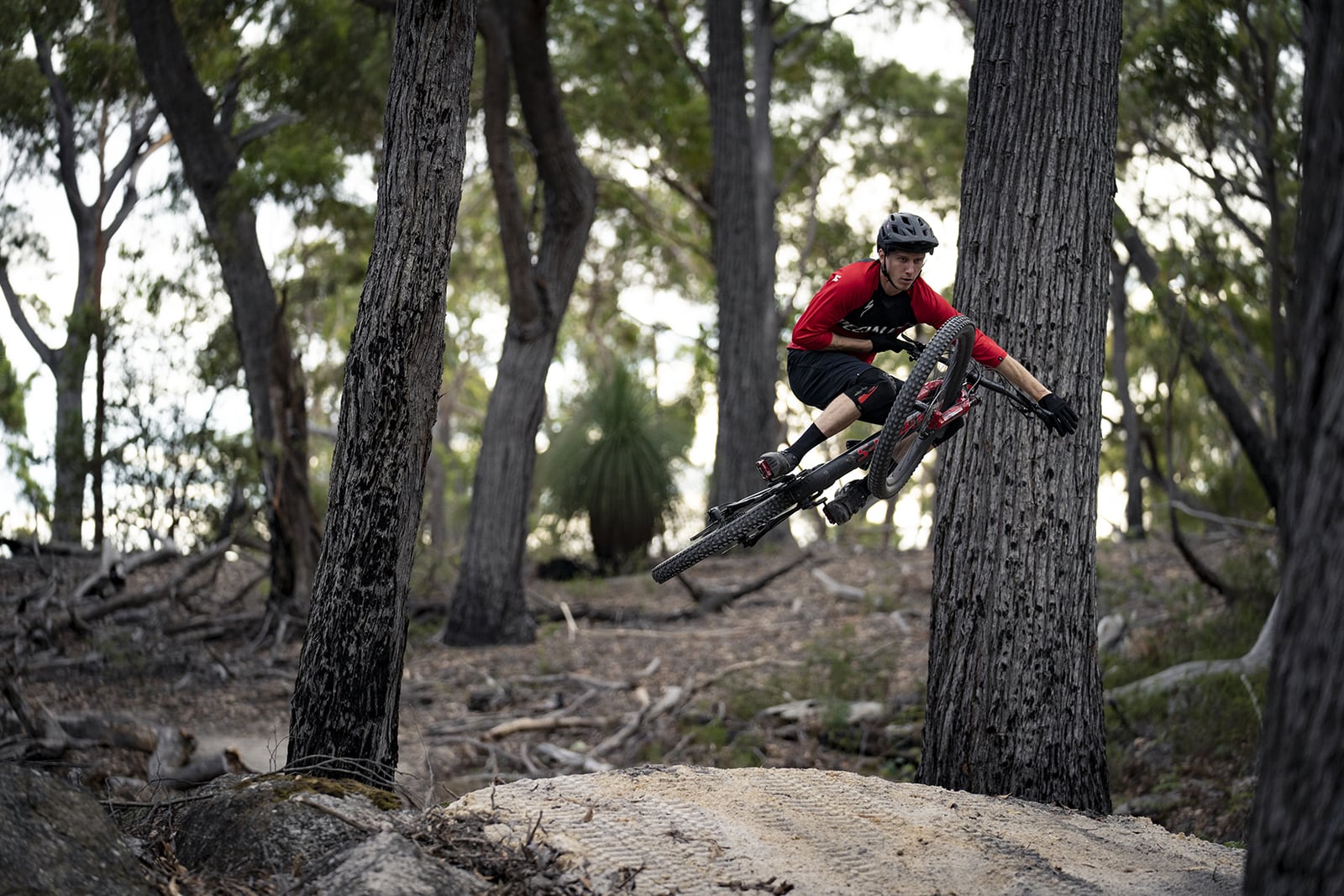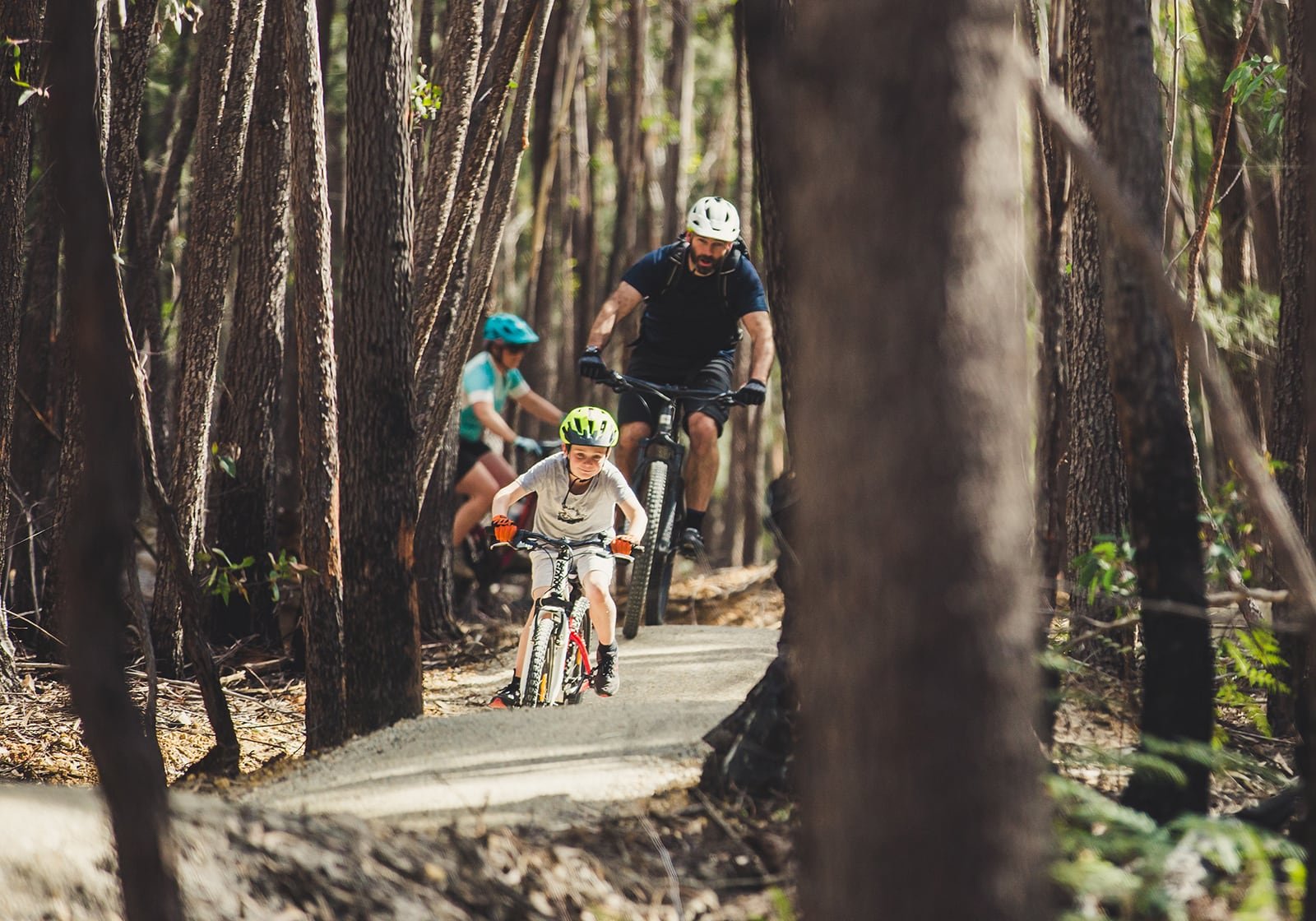Americans, of course, would like to take the credit for the invention of mountain biking; a group of American guys turned their misspent youth bombing down Californian forest fire roads in the 1970s into a commercial consideration that continues to this day. The reality is, off-road cycling has been happening ever since the bicycle was invented.
In many ways, too, bikes haven’t changed all that much since those early days. No one’s been able to markedly improve on basic items like Frenchman Paul de Vivis’s chain-derailing gear system, nor on John Dunlop’s pneumatic tyres. And that’s an important lesson to hang onto throughout this process; whatever you want to do, wherever you might want to go, simple and dependable will invariably be the best bet.
Mountain biking developed from a desire to get out amongst nature in a low-impact way and, in essence, the sport has come full circle. Mountain biking is a very egalitarian pursuit; it doesn’t matter at what stage of life you’re at, mountain biking is accessible. Even competing against the pros is surprisingly easy to do.
What kind of bike should I get?
Modern mountain bikes can be divided into two broad categories; front-suspended ‘hardtail’ bikes and dual-suspension bikes. Within each set there are several subsets; dual-suspension bike types, in particular, range from whippet-light, short-travel carbon flyweight cross-country (XC) machines through to burly pedal-powered trail monsters with 200mm of travel, while hardtail MTBs can be XC-focused or built tougher for more rugged and challenging trails, i.e., gnarly downhill, jumps, etc.
There are different wheel sizes to consider. Then there’s the variety of materials now used in bike building; chromoly steel, aluminium alloy, carbon-fibre, titanium, combinations thereof… it can be a daunting task sorting the wheat from the chaff.
By asking yourself a few simple questions up front you can narrow the field down. Firstly, you need to have a reasonable idea of what you want to use it for, and what you expect out of it. Planning to ride unsupported through the Gobi Desert? You don’t want a downhill bike. Be realistic about your budget, too; good bikes don’t come cheap, and there are lots of extras to factor in, such as helmets, shoes, hydration packs and tools.
The best place to buy your first bike is not necessarily the internet, ether. If you’re serious about getting the best bike for your buck, find a specialist bike retailer that you get along with and trust. Chances are you’ll be coming back to them for advice, spares and repairs, and if you build a good relationship early, it’ll far outweigh any savings you may make buying a bike online.
By all means, do your research online. When it comes to spending serious bucks, though, we can’t recommend highly enough explaining what you want to do to a bike shop employee. Chances are they love bikes more than anything else on earth, and they’ll bend over backwards to make sure you’re heading the right way.
Hardtail mountain bike
Choose if: you want the Swiss Army knife of mountain bikes
Strengths: Bewildering availability, value
Weaknesses: No cush for your tush
A hardtail has suspension forks up front and a traditional two-triangle frame build. It’ll offer flat bars and plenty of room in the cockpit for all body shapes and heights. It’s the first category you’ll come across where the MTB wheel size conundrum rears its head, too.
The hardtail is a simple, rugged device that can be crafted from a variety of materials in a variety of ways to suit a multitude of uses. Look to a lightweight, carbon-fibre-framed 29er (Giant’s XTC range is an example) for racing long distances; or at a chromoly steel rig, such as the Cotic Solaris MAX or Norco Torrent HT, for the ultimate in trans-continent flexibility and burly trail riding.

Disc brakes have 100 percent penetration into the hardtail world; cable-actuated versions are more backwoods-friendly than stronger but more finicky hydraulic set-ups, if you’re really planning to go off-piste. If you’re confident in your mechanical skills, hydraulic discs are incredibly reliable, amazingly strong and relatively easy to service.
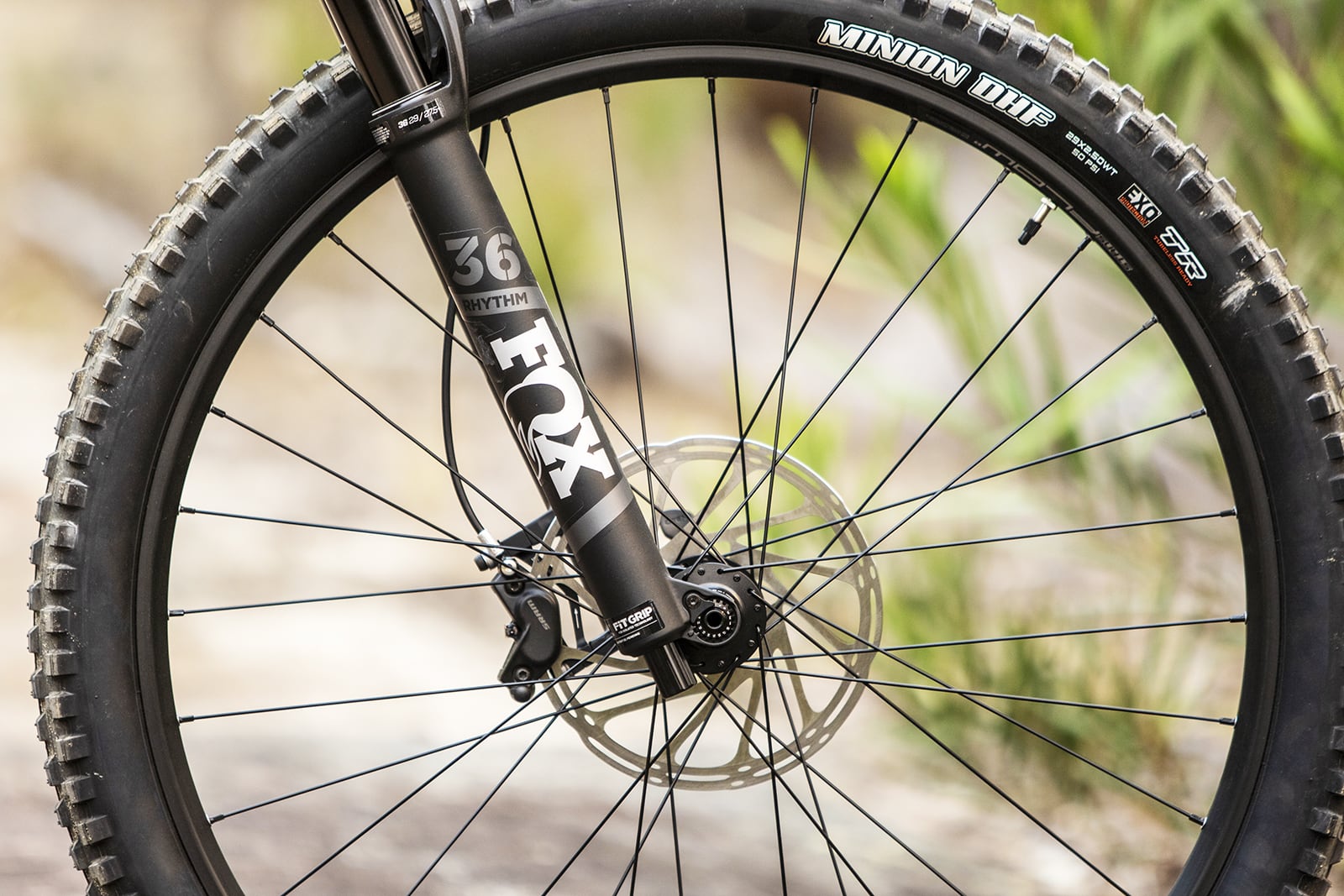
The hardtail’s trump is its simplicity. It’s also a great place to start your MTB life (developing bike handling and riding skills) without having to outlay a fortune.
Dual-suspension bike
Choose if: you want to go harder and faster for longer
Strengths: Comfortable and quick
Weaknesses: Expensive, more complex
Dual-suspension bikes come in an incredible variety of travel lengths, frame materials and spec levels. At one end is the short-travel (100mm) cross-country race bike; built light and stiff. At the other end, the 200mm-plus-travel downhill bike.
Enter what the bike industry is currently calling the ‘trail bike’. Rear-wheel travel numbers are in the 120mm to 160mm range, with a suspension fork set to match. Some examples include the Rocky Mountain Instinct, the Santa Cruz Hightower, Norco’s Sight and Pivot’s Trail 429, which we recently reviewed.
Frames are predominantly alloy in the low-to-mid price range, while carbon-fibre takes over at the upper middle through to $15k dream machine territory.
A trail bike defines the modern mountain bike. It’s rugged yet light, and capable of conquering incredibly difficult terrain. If you can stretch to the $3500 range, you’ll nab a bike that can be dragged to the end of the earth and back again.
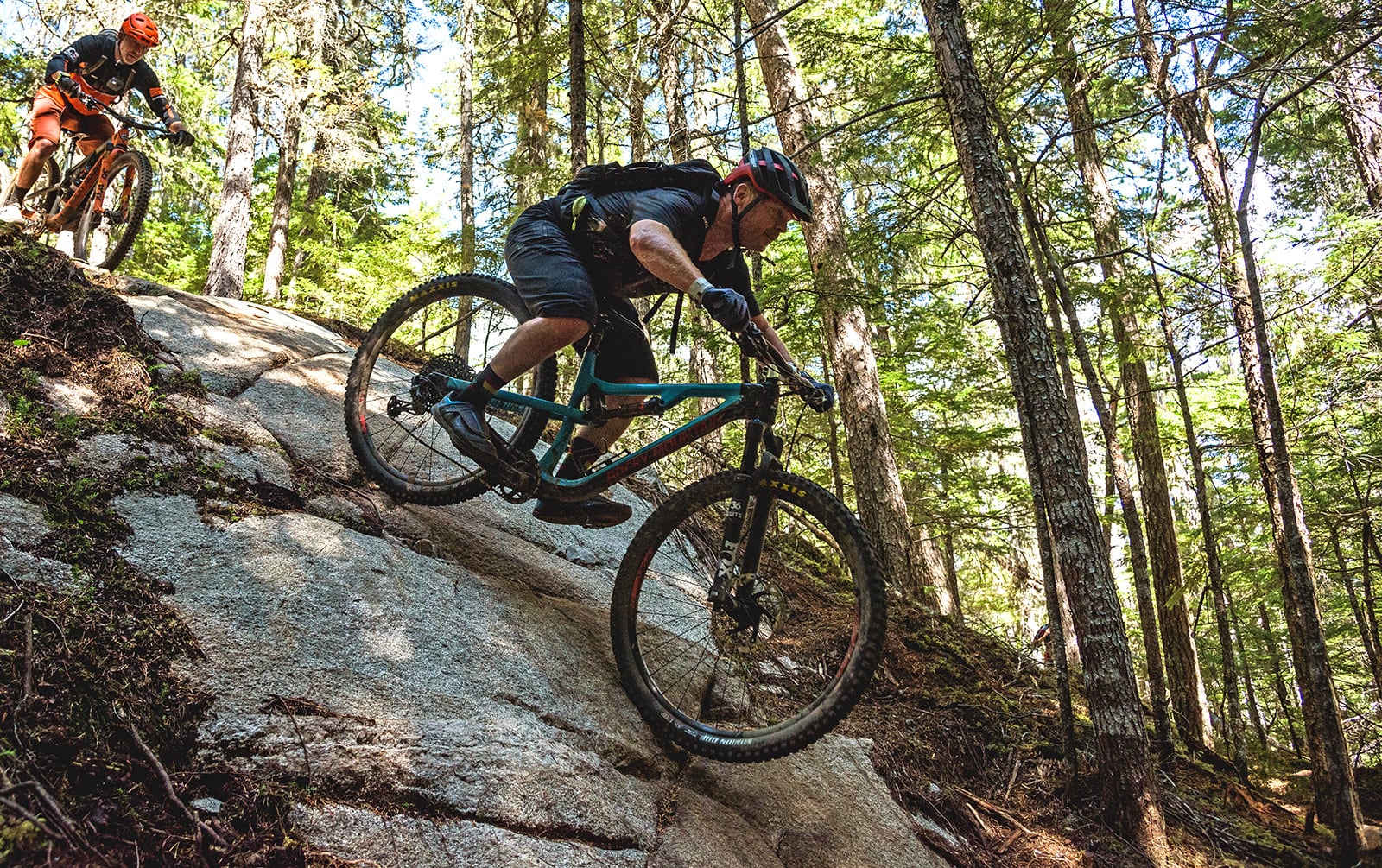
Suspension components are very reliable, but complexity equates to more risk further afield from civilisation. Most suspension parts need once-yearly servicing; chains, cassettes and chainrings should be eyeballed every six months.
The wheel debate
The first mountain bikes were cobbled together from bits of old beach cruisers, which just so happened to use a 26-inch wheel rim. Consequently, the first production mountain bikes sported the same size, and so the industry grew up using the 26-inch wheel as a standard.
About a decade ago, though, a movement towards a larger diameter wheel gained momentum in the US. Essentially sporting the same diameter as a road bike’s wheel, the 29-inch wheeled bike (or 29er) is now a widely accepted standard in most Western countries (though not so much in the Asian territories). As well, an ‘in-between’ wheel standard – the 650b or 27.5-inch – has seen the 26-inch wheel confined to the museum of MTB history.
So, what’s the difference, you ask? Without getting bogged down in the semantics of it all, there’s not a great deal in it for the average rider in terms of each wheel size’s ability. Taller people will find 29ers a more natural fit, while smaller people will graduate towards 27.5-inch wheels. Plus, and at a pinch, 27.5-inch wheels are more manoeuvrable in the tight stuff, while the bigger 29-inch hoops roll over obstacles more easily, thanks to their larger diameter – and are faster.
Mountain biking and travel
For vehicle-based travel with your MTB, there are numerous bike carrier options available, ranging from roof-rack based ones, through to those that attach to your vehicle’s tow-hitch or towball.
If you’re planning on heading overseas post-COVID with your MTB, then your local bike shop will generally be happy to give you the large cardboard bike box that came from the factory. Make sure you ask for the packing material that came with the bike that was in the box; it’s a great way to prevent foam getting to landfill and will stop your rig getting damaged in transit. There’s a bit of an art to packing a bike, but there are plenty of tutorials on YouTube. Use clothing in plastic bags to pad out the gaps in the box.
For those riders travelling more often, a purpose-made soft- or hard-shell bike bag/box starts to make sense. These generally offer more protection (especially when being loaded in a plane’s cargo area) and feature inbuilt padding, straps and clamps to which you can secure your bike, as well as a separate section for either your front wheel or both wheels. Pricing varies between $200 to well above $500.
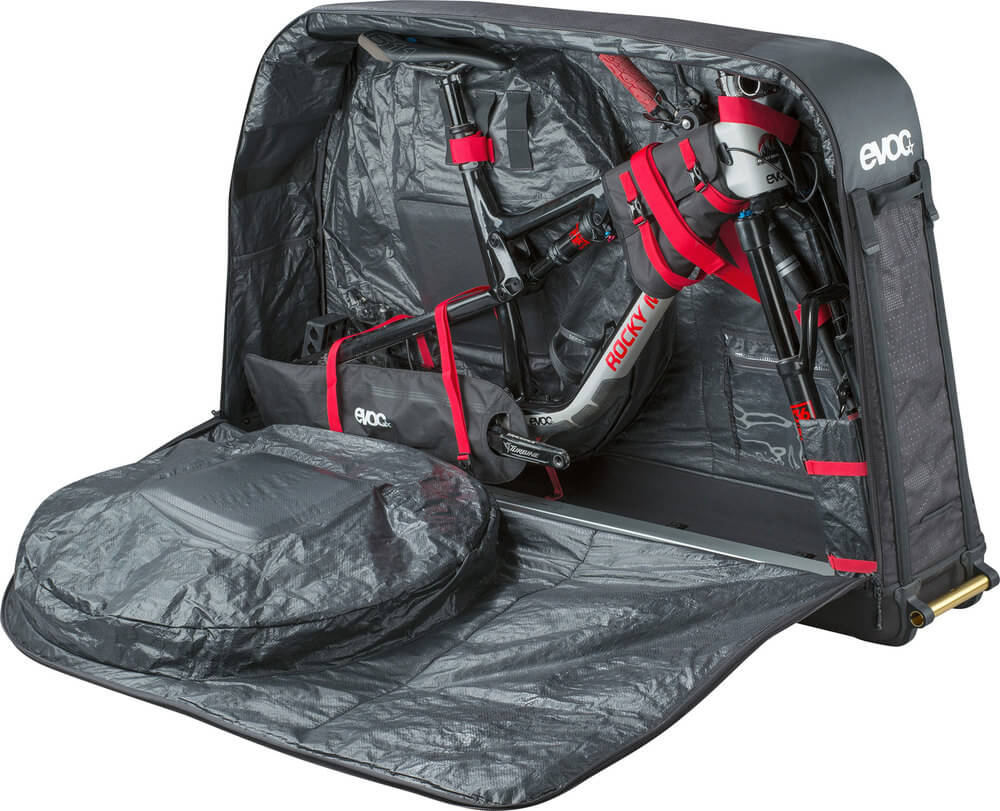
Be aware that Customs will want to see your tyres and your shoes when you bring a mountain bike back to Australia, to prevent the spread of soil- and plant-based diseases. The Kiwis are even more militant about it, so make sure you wash your bike thoroughly before packing.
Never walk out
Do you know how to fix a puncture, or a broken chain? If either of these mishaps befalls you in the bush, you could be in for a very long walk. There is a host of small, bike-specific multi-function tools on the market, so make sure you always carry one, along with a pump and a tube. More importantly, know how to use them! A lot of bike shops offer basic repair courses, and nothing beats a bit of practice before you head bush or tackle that multi-day stage race.
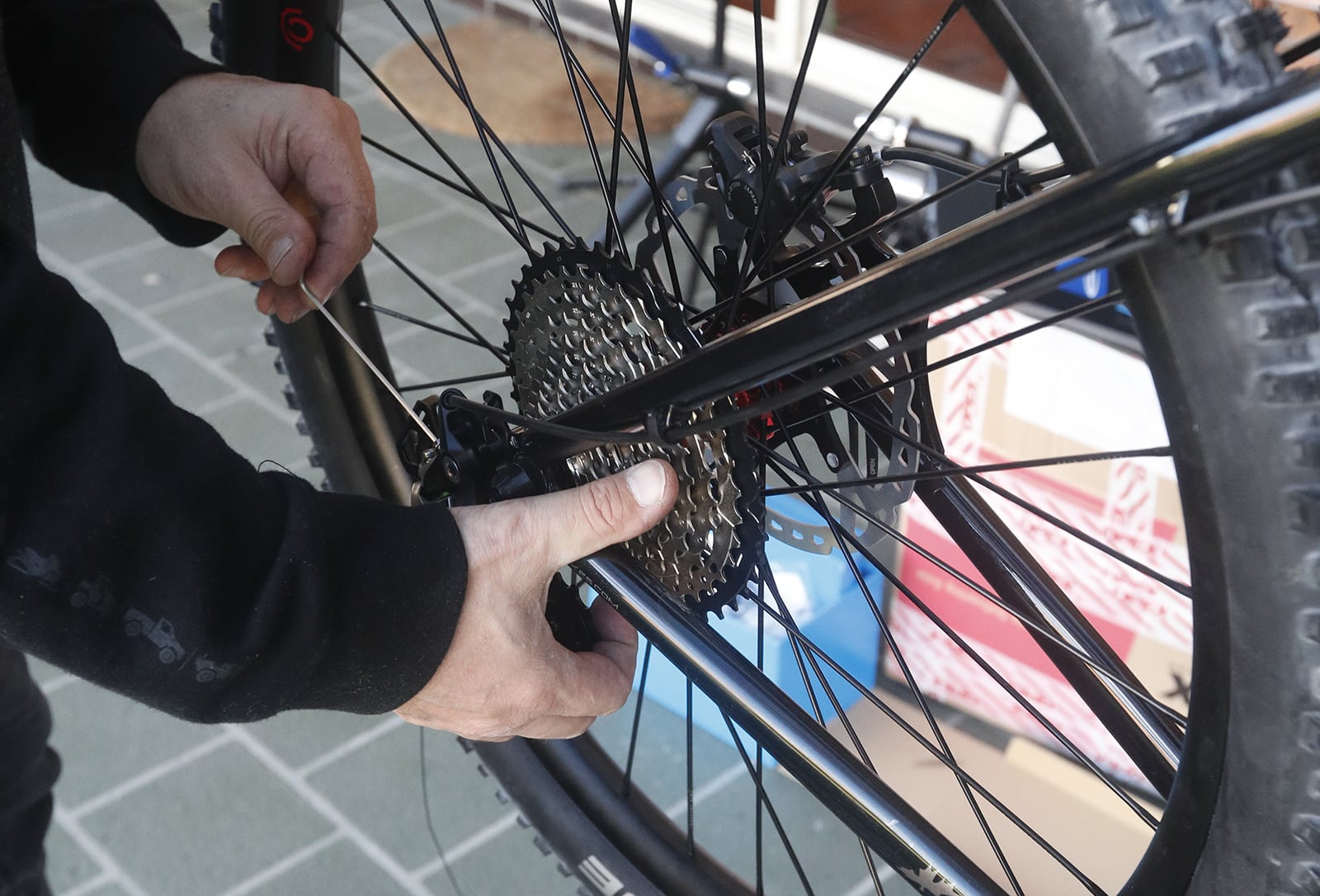
How fast things wear out on your bike depends entirely on how you treat them. Riding in wet, gritty conditions will accelerate wear rates on these crucial parts, while cleaning and lubricating the drivetrain regularly will extend service intervals. One money-saving tip: change the chain before the more expensive cassette and chainrings wear out, and you’ll eke more life out of them.
Where to start mountain biking
The wonders of the internet have given mountain bikers a plethora of sources to tap into when looking for a trail to ride. One of the best is a phone app called Trailforks, available for both types of operating system – and also able to run on your computer.
This app allows you to search anywhere in the world for a set of trails, whether in your neighbourhood or on the other side of the planet, and an active population of users means that trail reviews are bang up to date.
If you’re only getting into riding, aim for trails of green or blue status. While the colour coding system is widely used across Australia, New Zealand and North America, be aware that one location’s blue may be someone else’s black (hard) experience.
When it comes to mountain biking, follow the golden rule – ride what you can see. If you’re unsure, pace yourself and test your limits in a controlled way. If you break a leg 15km into the bush, it could be a pretty sketchy way to end a day.
If you’re looking for a world-class MTB destination that is being used as a model for other towns across the world, look no further than Derby, in Tassie’s north and also St Helens, on the Apple Isle’s northeast coast. The Blue Derby trail network has breathed new life into Derby, a dormant mining town, and the trails themselves are simply the best riding on the planet. No question; they’re a bucket list item. Add in the new St Helens trail network (which you can ride via a trail from Derby), and more being developed on the west coast, and it’s not hard to spend a few weeks riding all around Tasmania.
Other spots that are worthy of a holiday stay with bike in tow include Tathra, on the far south coast of NSW and Dungog in the NSW Hunter region, , while Victoria’s High Country trail network is brilliant, plus Lysterfield offers great trail riding within coo-ee of Melbourne.
Three things you should do when you get your new bike
Firstly, wear proper cycling knicks (without underwear!); it might feel odd at first, but the seamless chamois absorbs sweat and prevents nasty rashes in uncomfortable places. They can be worn under a lightweight short.
Secondly, get comfortable with your cockpit. You can tilt the saddle’s nose up and down, raise and lower the seat post, rotate the handlebars, adjust the position of your brake levers… if something feels uncomfortable or painful, get advice from a biking buddy or a bike shop to put it right.
Thirdly, get some mountain biking tuition. It doesn’t matter how good you think you are, you will still benefit immensely from expert tips and learning new skills. There are a number of skills-based courses around, such as those run by MTB events company Chocolate Foot, that are aimed at improving rider ability and skills. Chocolate Foot’s Fiona Dick elaborates on the benefits of going ‘back to school’.
“Riding off-road, especially on the rough and rocky terrain that is found on most of the east coast of Australia, requires specific skills that differ greatly to riding on-road – and certainly don’t come naturally,” Fiona says. “We [Chocolate Foot] commonly find that riders who have not learnt the fundamentals find it difficult to progress which leads to frustration. Confidence and fitness can only compensate for a lack of fundamental skills to a certain point.
“Having learnt the fundamental skills in a clinic or session that focuses on teaching solid foundational skills, riders will find they progress quicker and build their ability to take on more technical terrain. They will be equipped with enough insight to self-assess what might have gone wrong when they fail to negotiate an obstacle. They will become more efficient, waste less energy, and improve their endurance and speed. And, most importantly, they’ll have more fun!”
Joining the mountain biking club
You don’t need a licence to ride a mountain bike, but by joining a club and securing a basic licence through Mountain Bike Australia, you can short-cut the mountain biking learning curve quite a lot.
It may also afford you to get insurance cover, though make sure you read the fine print, and consider the level of coverage you have when it comes to covering bike damage and theft, as well as injury and loss.


